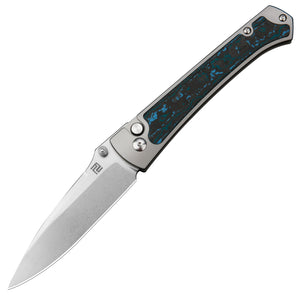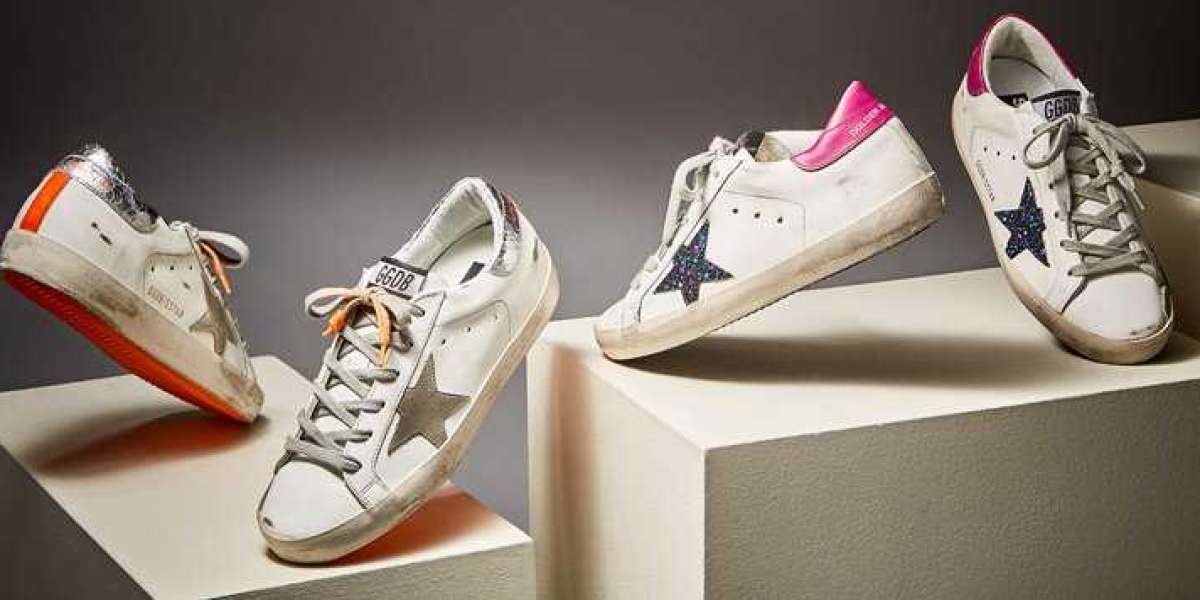When it comes to choosing a folding blade for everyday carry or specific tasks, there are various options available in the market. One popular type is the flipper knife, which offers unique features and benefits compared to other folding blades. In this article, we will explore the pros and cons of flipper knives and compare them with other folding blades for different use cases.

Understanding Flipper Knives
Flipper knives are a type of folding blade that feature a tab or lever on the spine of the knife that allows for easy one-handed opening. This design makes flipper knives quick and convenient to deploy, especially in situations where the user needs to act swiftly. The flipper tab also acts as a finger guard when the blade is open, providing added safety during use.
Pros and Cons of Flipper Knives
One of the main advantages of flipper knives is their ease of deployment. The flipper tab allows for smooth and rapid opening of the blade, making it ideal for tasks that require immediate access to a cutting tool. Additionally, the finger guard provided by the flipper tab enhances safety during use, reducing the risk of accidental slips or injuries.
However, flipper knives may have a slightly bulkier profile due to the presence of the flipper tab, which can affect the overall aesthetics and pocketability of the knife. Some users may also find the flipper tab to be obtrusive or uncomfortable during extended use, depending on the specific design of the knife.
Comparing Flipper Knives with Other Folding Blades
When comparing flipper knives with other types of folding blades, such as thumb stud or hole deployment mechanisms, it's essential to consider the specific use cases for which the knife will be employed. For tasks that require rapid and frequent access to the blade, such as emergency situations or tactical operations, a flipper knife may offer a distinct advantage due to its quick deployment capabilities.
On the other hand, for everyday carry or general utility purposes, the bulkier profile of flipper knives may be a drawback, especially for users who prioritize slim and discreet pocket carry. In such cases, other folding blades with more streamlined designs, such as thumb stud or hole deployment mechanisms, may be more suitable.
Conclusion
In conclusion, flipper knives offer unique advantages in terms of rapid deployment and enhanced safety during use. However, their bulkier profile and potential discomfort during extended use may be considered drawbacks in certain scenarios. When choosing between flipper knives and other folding blades, it's crucial to evaluate the specific use cases and prioritize the features that align with the intended tasks and preferences of the user.







